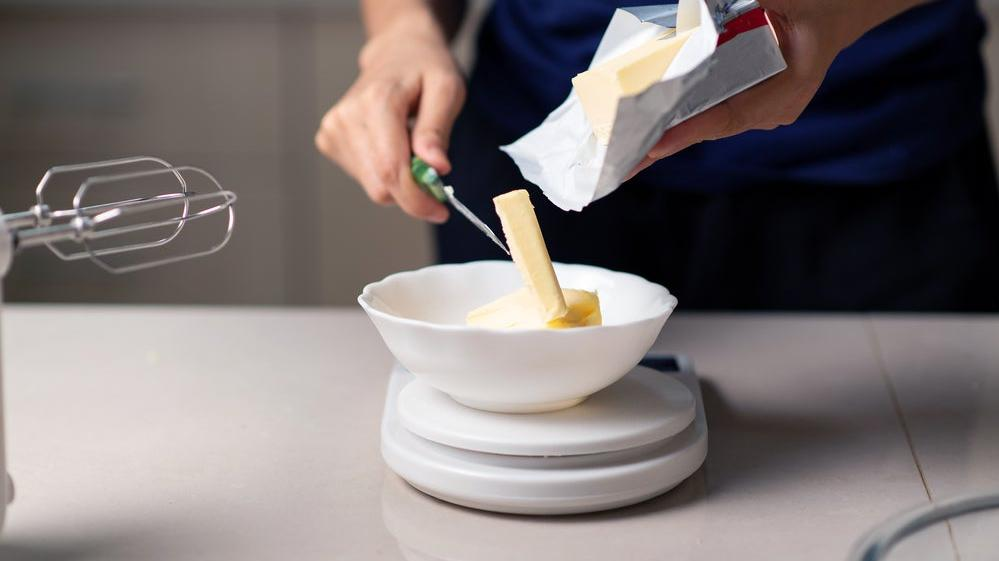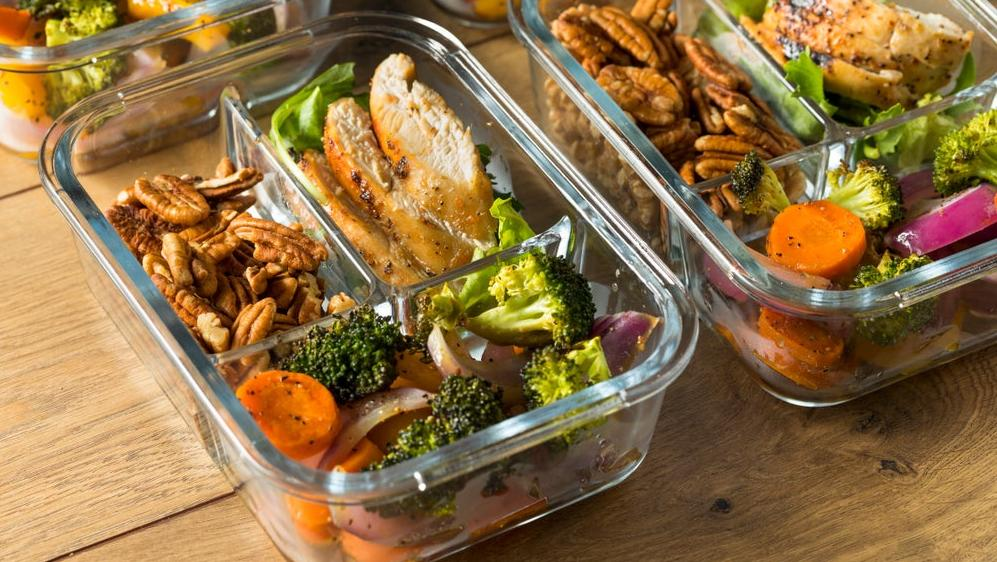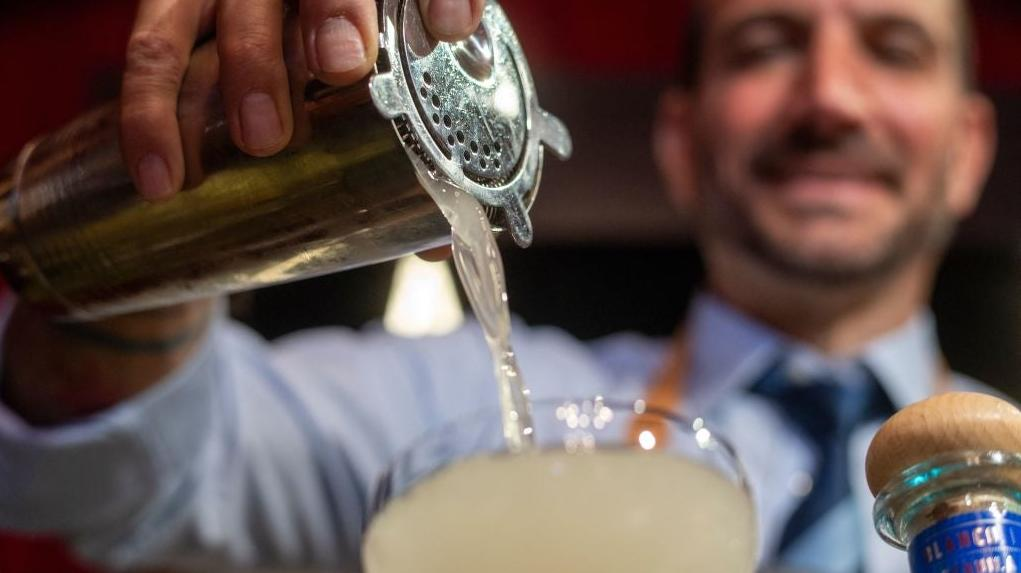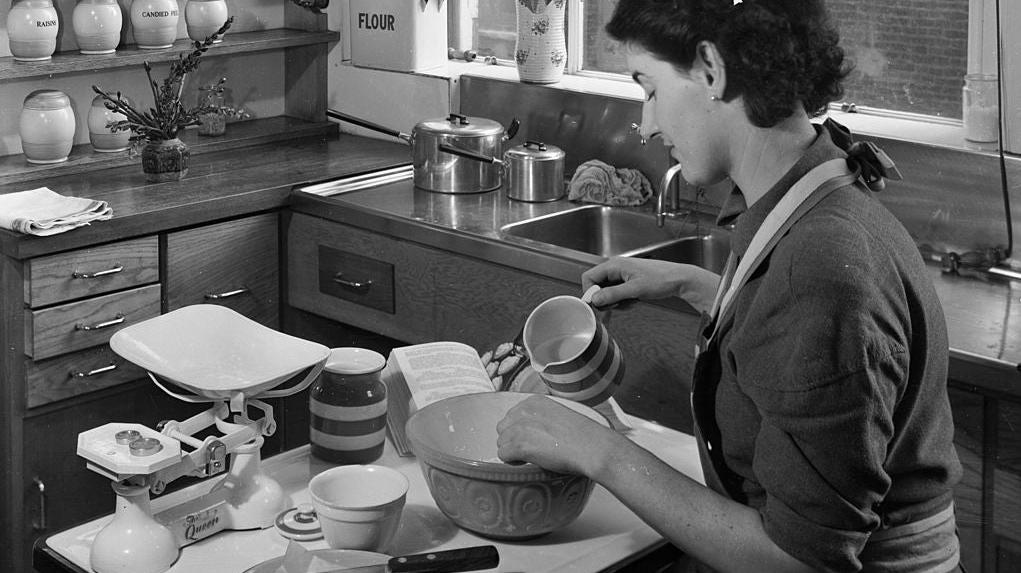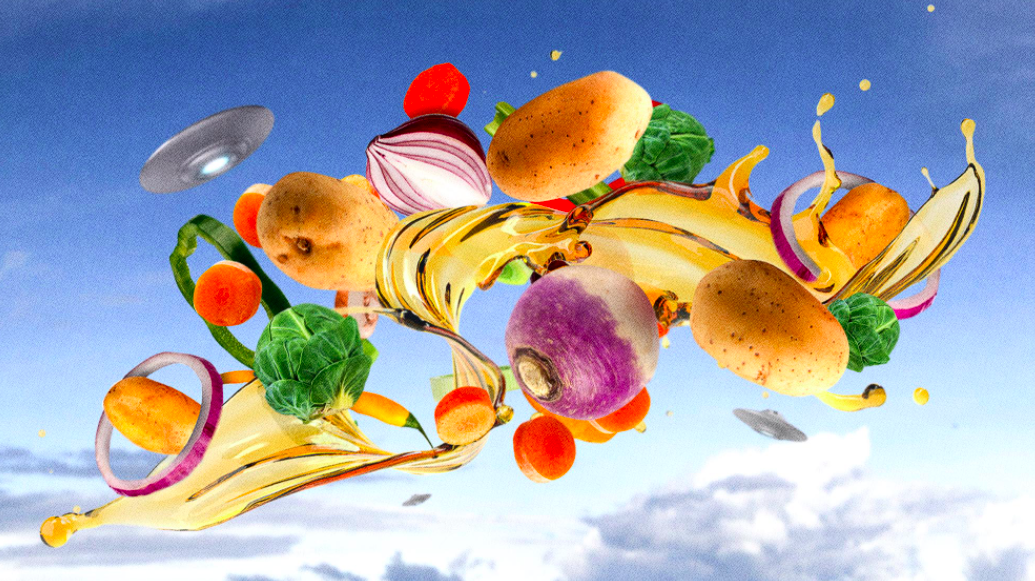10 Reasons You Should Just Buy A Kitchen Scale Already
If you're still eyeballing ingredients, it's time for some introspection.
The most valuable piece of kitchen equipment weighs less than a pound, takes up a mere sliver of counter space, and costs less than 30 bucks. It's a kitchen scale, and if you're still dragging your feet in that department, it's time to get with the program. While kitchen scales are often lauded as a tool for baking, they lend an air of precision to every kitchen task imaginable. That includes cocktail formulation, protein preparation, and everything in between. Allow us to make an argument for why the humble kitchen scale is the best culinary investment you'll ever make.
For precision baking, you gotta have a scale
Our panel of expert bakers all agree on one thing: a kitchen scale is absolutely essential for precision baking. Teresa Finney, the concha mastermind and recipe developer behind At Heart Panaderia, explains: "A kitchen scale really is invaluable for both cooking and baking; it quickly became my favorite tool after making the jump from measuring by volume to measuring by weight. I use it for everything from weighing out ingredients to making sure my conchas are always uniform in size."
Make your leftovers orderly
You just made dinner, and you've got a few days' worth of grilled chicken left over. Of course, you want to make sure you get the most bang for your buck (cluck?) with each day's serving. (You wouldn't want to enjoy a six-ounce serving one day and a 2.5-ounce serving the next.) That's where a scale can come in handy.
If you'd like to divide your remaining chicken into, say, four portions, use your scale to calculate the total weight of the leftover chicken, then divide that into four parts. Of course, you can still enjoy your leftovers without ensuring they're divided into equal weights—but you might accidentally short yourself on one portion, which makes for unhappy lunching.
Embrace your inner coffee snob
If you're unsatisfied with your home brew situation, allow us to recommend weighing your beans before preparing your coffee. Even if you're not prepared to dive into the wild world of coffee/water ratios, weighing out your ground beans can be a good way to troubleshoot your setup. A good rule of thumb is to use between 1.5 and two tablespoons of coffee grinds per cup of coffee. For example, if you're looking for a stronger cup, you'll want to use 21.2 grams of freshly ground coffee per cup. You certainly don't have to weigh your beans every day—but it can be a good place to start if you're looking to boost the flavor of your morning cup.
Train your wine-pouring arm
Despite the ubiquity of self-serve taprooms, wine pouring isn't always intuitive. If you've never worked in the service industry and/or don't have much experience with wine, a standard pour can turn into a double pour in the blink of an eye. That's not a problem if you're ready to throw down—but sometimes you just want a standard glass of wine without dipping into slurring territory on a Tuesday. With a kitchen scale, you can weigh out a precise five-ounce pour again and again until you're more comfortable eyeballing your pour.
Nail down your protein intake
It's time for a hard truth: you probably aren't eating enough protein. This has a number of implications, especially if you're trying to get pumped up (see above). A kitchen scale can help you nail down a precise amount of chicken or steak, ensuring you don't rob yourself of any of those sweet, sweet macronutrients.
From the food prep side of things, a scale can also help you prepare more flavorful protein. For example: if your recipe calls for a pound of beef, but your grocery store package contains 1.33 pounds of ground chuck, you're going to spread your seasonings a bit thin. In this scenario, ensuring that you're working with exactly a pound of beef is the best way to make sure your protein is properly seasoned. You cannot eyeball a pound of chuck, folks! You just can't!
Slap on your cocktail training wheels
If you're new to mixing cocktails, you might have a tough time nailing down ingredient ratios. That's fine! You've gotta walk before you can run. In this case, you've gotta weigh before you can eyeball the perfect pour. When trying your hand at a new cocktail, make sure to measure out your liquid ingredients to ensure that you've got the correct proportions. You won't waste a drop, and you'll gradually get a more intuitive idea of what goes into a solid cocktail—like this pickle cocktail.
Cut your dishwashing time in half
With a kitchen scale, you can plunk everything into one bowl, resetting the scale after each new ingredient. That means you won't have to wash extra bowls, measuring cups, or measuring spoons. This works extra well when you're making bulk recipes, like one Takeout staffer's favorite everyday oatmeal.
Forget math, embrace your smooth brain
Converting grams to ounces? Ounces to grams? Not in 2022, baby. Most scales will convert measurements for you—which means you can hop from ounce to gram and back again in the time it takes you to lament outdated U.S. measuring norms. Imagine all the cakes you can bake with that energy formerly spent dividing and multiplying.
Give your veggie sides the attention they deserve
Grocery store produce scales are awkward for a number of reasons. What if there's a long line to use the scale? What if someone weighed a bunch of tomatoes and left tomato juice smeared across the surface? What if you're on the shorter side and can't reach the scale? Forget about it. Just haul your produce home and measure out the precise amount of veg for the applicable recipe. (For example, this glazed veggie recipe calls for two cups of root vegetables. Okay, maybe you'll still have to do a little math.)
Kiss watery grains goodbye
If you're prepping rice without a rice cooker, precision is key. (You can also try the knuckle method, but a scale is just as quick.) Measure your grains by ounces or grams, not by cups, for your best shot at a perfectly fluffy product.
